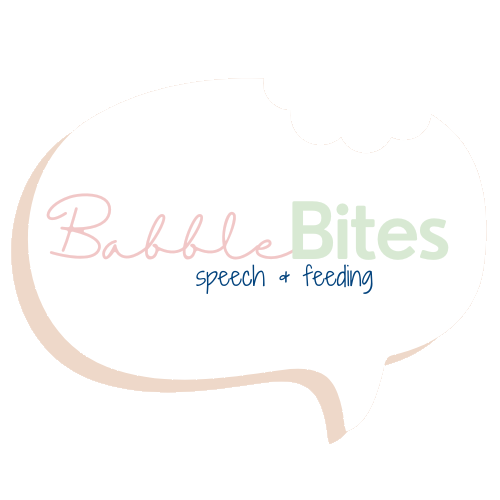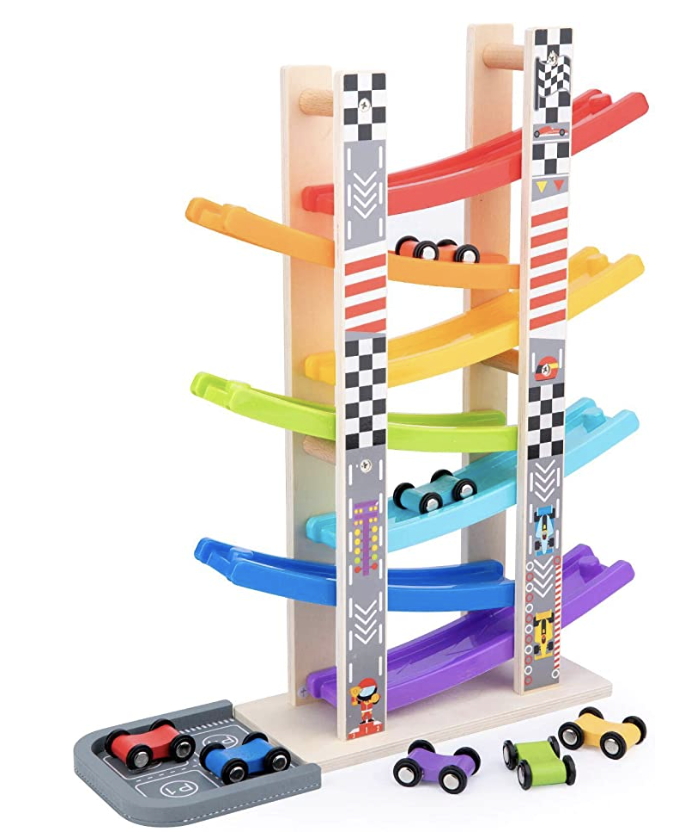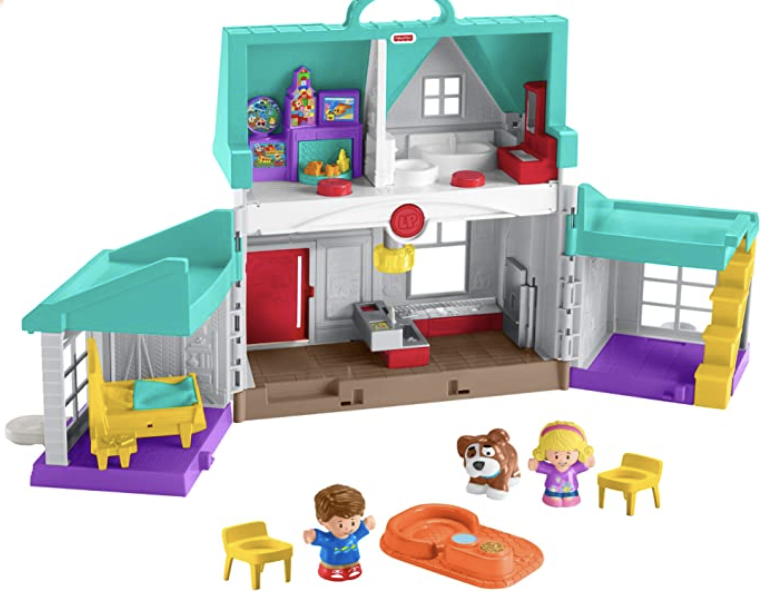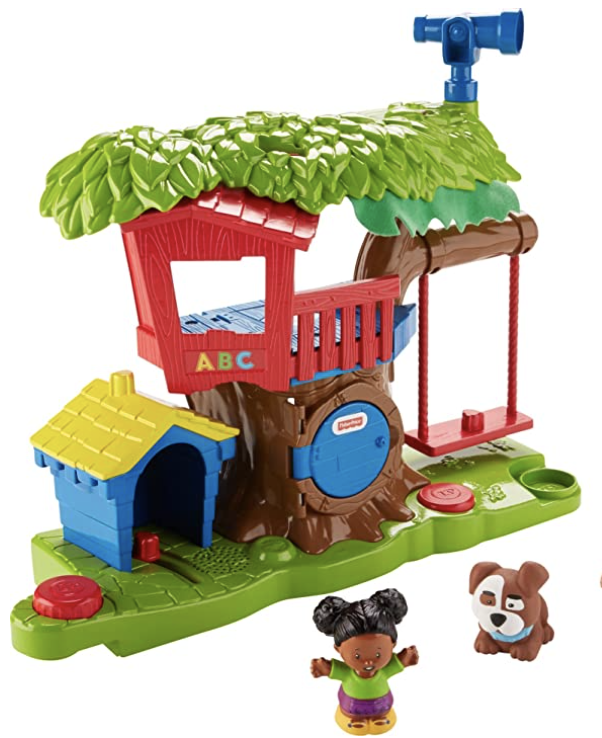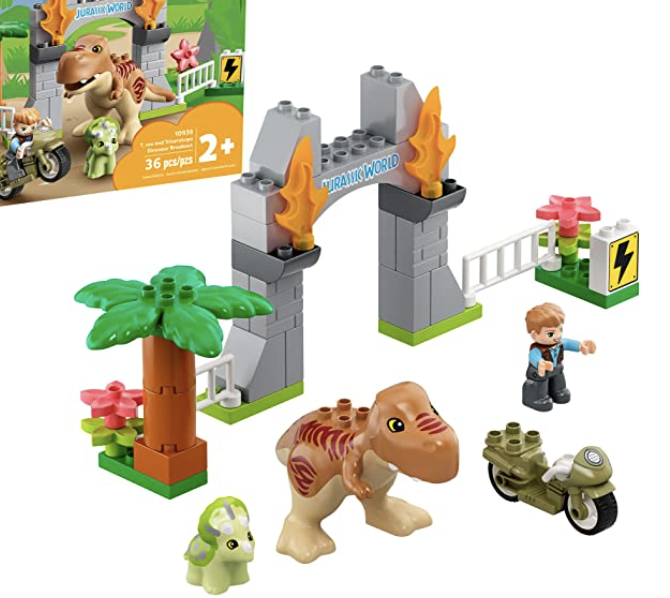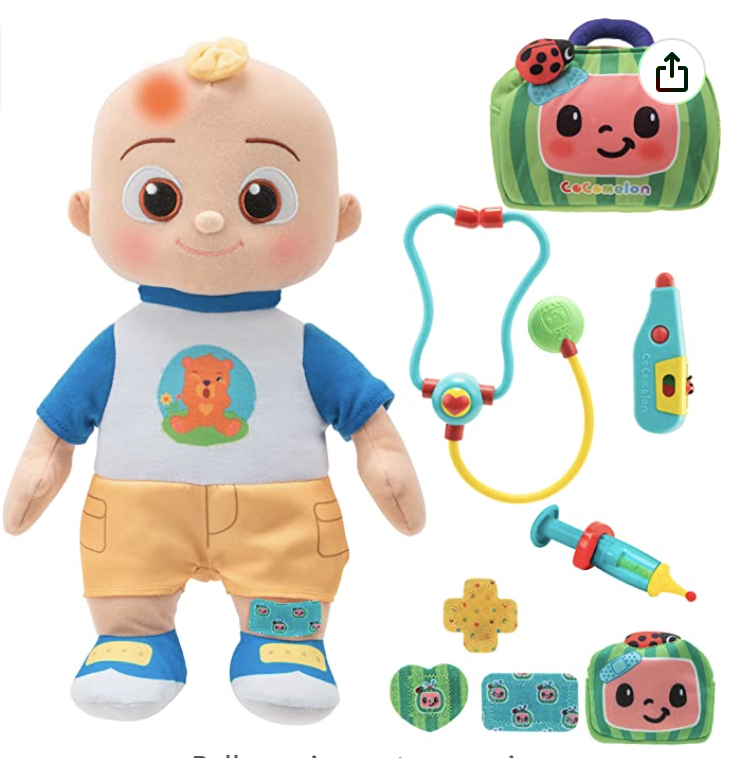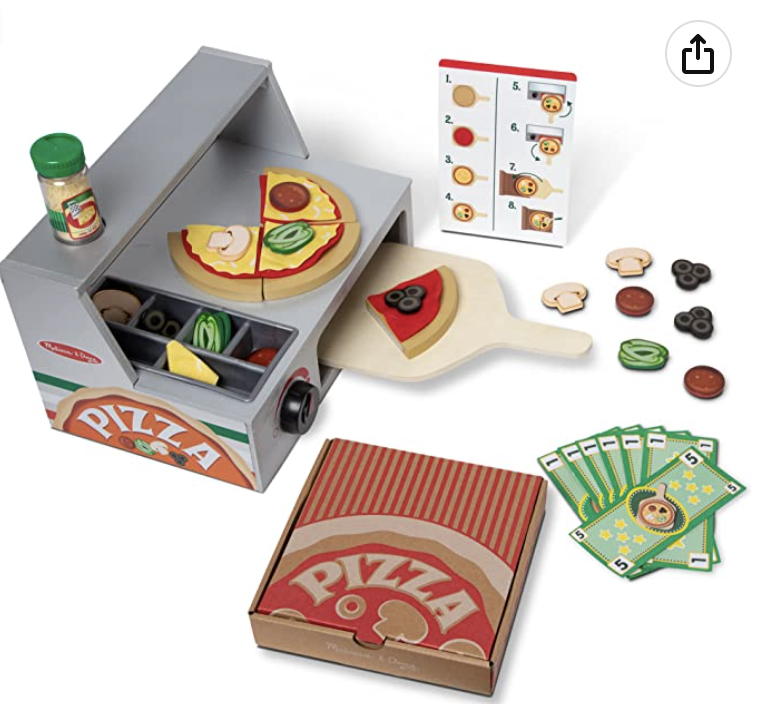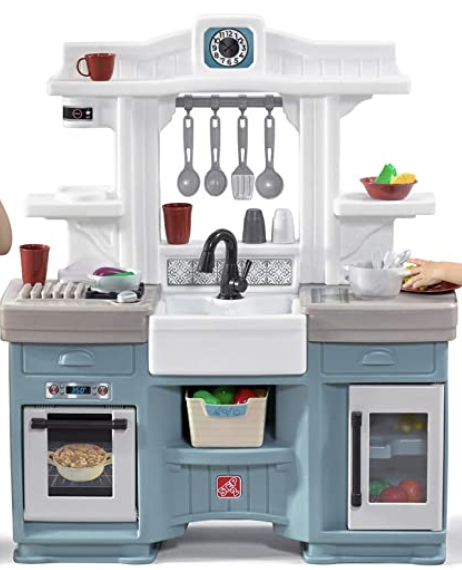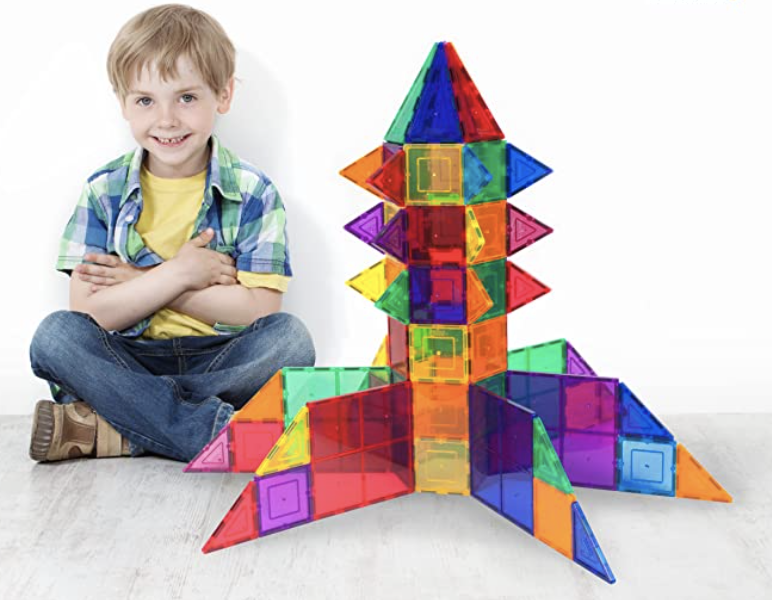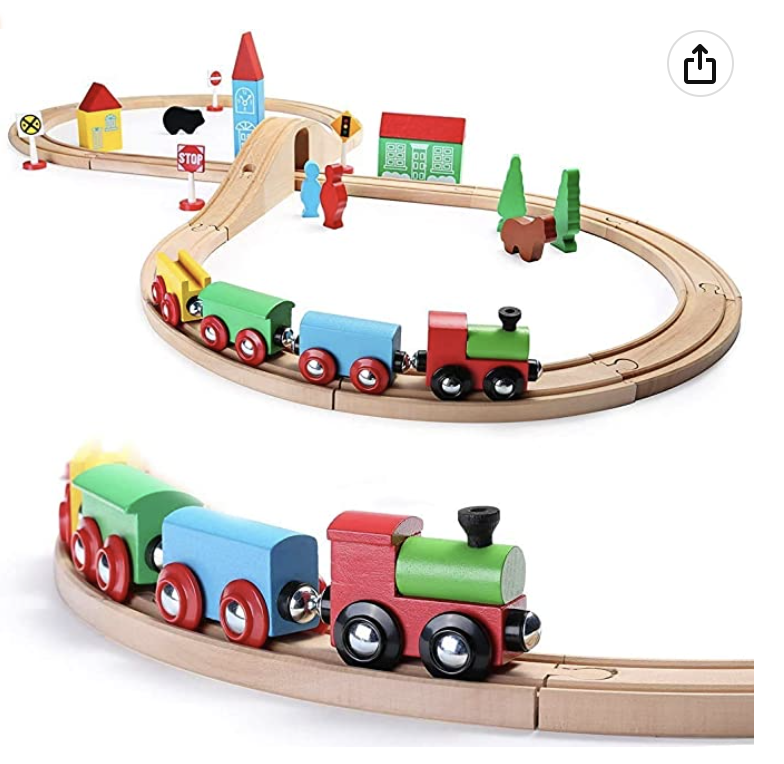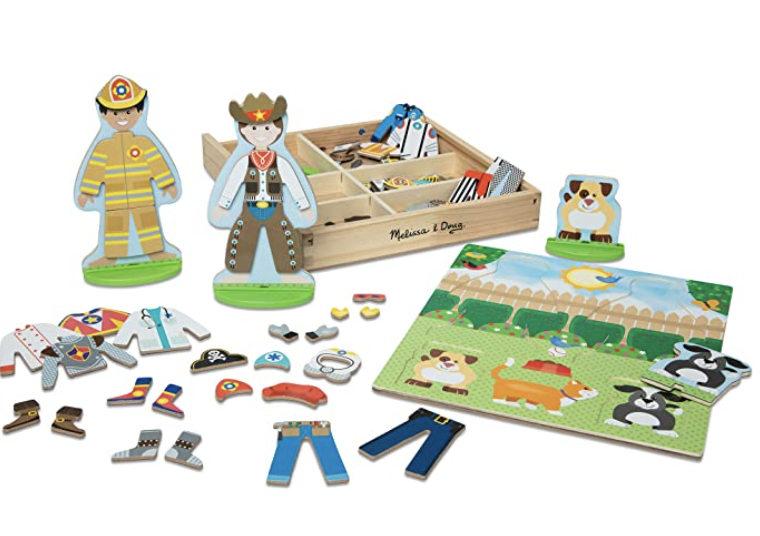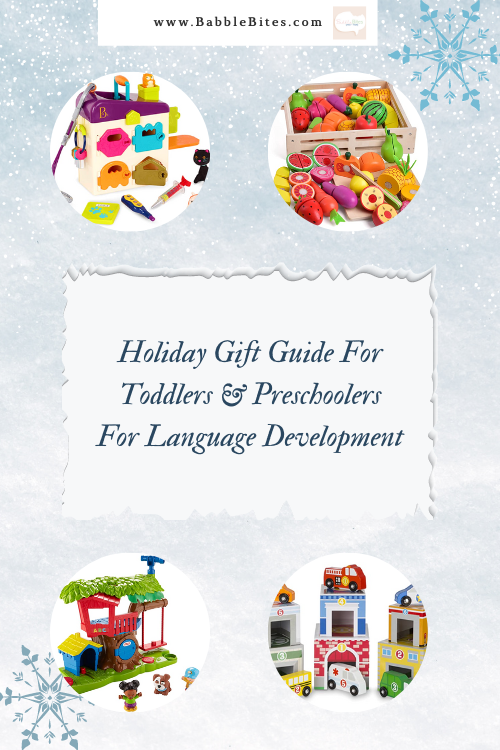Holiday Gift Guide For Toddlers & Preschoolers For Language Development
Figuring out what toys to buy can be overwhelming, whether you’re a parent, grandparent, aunt, uncle, or friend. You may be wanting to get a gift the child in your life is going to enjoy, but also one that has developmental benefits. Here are my recommendations, as a speech-language pathologist, of my favorite toys for 1.5 to 5 year olds, that are great gifts for the holidays, and that can help your child’s speech and language development, as well as tips on how to use the toys to help develop different areas of your child’s language skills. Check out my Toy Guide for more toy ideas and how to use them to promote developmental skills in babies, toddlers, and preschoolers.
As an Amazon Associate, we earn from qualifying purchases. This means that at no additional cost to you, if you make a purchase through certain links on this site or any related social media platforms, we may make a small commission. We only feature products that we believe in and use ourselves. Your support means the world to us and allows us to host this website. Thank you!
Car & Ball Ramps
Car and ball ramps help create great language building opportunities. Model “ready, set…go!” each time you let the car or ball go down the ramp. After you’ve modeled this several times, say, “Ready, set…” and look and wait for your child to fill in “go!” before letting the car or ball go down the ramp! Learn more about how to use this strategy here. You can also let your toddler request which car they want next and practice their phrases (e.g. blue car, green ball). Narrate what you’re doing while you play with the car and ball ramp (e.g. I’m putting the green car on, the green car is on top, I’m going to let it go! Weeee, it’s driving fast! The green car is at the bottom, it stopped. It’s your turn!”). This toy is also great for practicing turn taking (your turn, my turn).
Doll House
A doll house is a fantastic toy for toddlers and preschoolers. You can act out daily routines with the people, narrate what the people are doing, and have the people talk to each other. This provides your child with language learning opportunities that pertain directly to their daily lives. Use the same verbal routines you use in “real life” during play in the doll house. For example, “time to eat,” “turn the lights on,” “time for bed,” “goodnight ____,” “wake up,” “Down the stairs, down down down.”
Pretend Cutting Food
Pretend food, and especially food you can pretend to cut, is another favorite toy of mine for toddlers and preschoolers. It helps you teach your child functional food vocabulary words, action words (e.g. cut, chop, eat, put, give), colors, counting, matching, and food categories (e.g. fruits, vegetables). You can also work on your child understanding pronouns (e.g. Give me a piece, you take the banana). Your child can also work on fine motor skills pretending to cut the food. Build on 1-3 step play routines (e.g. 1. choose the food, 2. cut it, 3. put it back together), and expand into pretend play (e.g. pretending to eat the food, pretending to serve it or make a meal).
Critter Clinic
The Critter Clinic is such a fun toy. Your preschooler can work on matching and fine motor skills using the keys to unlock and lock the doors, and use imaginative play skills while they take care of their animals at the vet. You can expose your child to new vocabulary, like stethoscope, X-ray, scale, and thermometer. Act out play routines such as choosing which color door to open, taking out the animal, weighing the animal, using the stethoscope to listen to the heart beat (“boom boom, boom boom”), taking the animal’s temperature, giving the animal a shot, taking the X-ray, and then putting the animal back in the clinic to get all better. Remember, with a new toy like this, it is helpful to model these routines for your child.
Little People Play Sets
You can start introducing these play sets to your child around 18 months of age, and they can grow with your child into their preschool years by continuing to expand on their imaginative play skills. Act out different simple scenarios with the characters with your toddler, and build to more complex pretend play as your child gets older. Favorite play routines of mine include making the characters climb, sleep, talk to each other (e.g. saying “hi” and “bye-bye”), drive, or whatever other fun actions can be incorporated with each specific play set. There are so many options with these, find one that meets your little one’s interests!
Nesting Blocks with Vehicles
Nesting blocks are a great way to practice simple and repetitive language for toddlers. When stacking the blocks, each time you can model, “up,” “put on,” or “block on top.” You can also make a routine of stacking the blocks and then knocking them over and model, “fall down,” or, “kaboom!” Saying these same words and phrases each time you play are called verbal routines. Once these verbal routines are familiar, you can try using the cloze statement strategy, by letting your toddler fill-in-the-blank with the last word (e.g. “put…” “on”). I love the nesting blocks that come with associated items, such as vehicles or animals. Then your toddler can work on matching skills, and simple where questions (e.g. Where is the fire truck?). You can also give your toddler verbal choices to see which object they want to put in the blocks next (e.g. “pig or cow?). For preschoolers, they can use pretend play, like pretending to pick up the garbage from all of the buildings, or picking kids up for school on the bus.
Duplo Legos
Legos are great for working on fine motor skills, early engineering and problem solving skills, following directions, and imaginative play. The Duplo Legos are great because the pieces are larger and are appropriate for preschoolers. Work on looking at the picture directions with your preschooler to help them build the intended design, or let them use their imagination to create whatever they’d like! This is a great opportunity for more complex direction following (e.g. “Find a short green piece and put it on top of this long blue piece”). Once it is built, your preschooler can use imaginative play skills, and make up scenarios for the characters to act out. There are many options, so find ones that match your preschooler’s interests!
Baby Dolls
Baby dolls are great for all toddlers and preschoolers. You can help your child role-play real life scenarios that apply to your little one’s life, like feeding, sleeping, bath time, brushing hair and teeth, going for a walk, going to the doctor, changing clothes and diapers, and going shopping. You can model meaningful vocabulary words, such as, brush, eat, change, push, booboo, sleep, night night, go, hug, kiss, blanket, body parts, and more. Narrate what you and your child are doing with their baby doll, for example, “Baby is hungry, you’re putting baby in the high chair, you have the spoon and bowl, let’s feed her! Baby is eating.” You can also have your toddler follow some 2-step related directions, for example, “Get a diaper and change your baby,” or, “Find the bottle and give it to baby to eat," or give your preschooler more complex directions, such as,
Pretend Food Sets
Play food sets offer up a huge selection of variety, and many imaginative play opportunities. You can pretend to order food from your little one, work on following 1-3 step directions, and switch roles and have your little one order something from you. They can practice their descriptive language, and telling you how to do something (e.g. First get the bread, then put on the cheese). These are great to add to a play kitchen, or play with on their own! Some sets even come with picture cards to help your child follow directions. There are so many options of cute pretend foods, like pizza, sushi, tacos, smoothies, sandwiches, grilling, ice cream, and more, find a set that fits your family’s and child’s interests!
Play Kitchen
Play kitchens create great language learning opportunities. Once again, you can describe and act out routines that occur in daily life. Children love getting to imitate household routines, and a play kitchen provides that opportunity! Talk about different action words (e.g. rinse, dry, chop, cook, sauté, steam, boil) and learn prepositions (e.g. in, on, under, next to, behind, over). For example, ask your preschooler, “Get me a red pepper, it’s in the fridge behind the corn,” or ask them, “Where did you find the pear?” and see if they are able to describe where the got it from.
Magnet Tiles
Magnet tiles are a great toy for preschoolers. You can work on colors, shapes, and sizes (e.g. get me the big green triangle, where is the small purple square?), and early engineering skills! Your preschooler can work on problem solving to figure out which shapes fit together to build different creations. Not only can your child work on their building skills, they can then use their creations in their imaginative play (e.g. building a house for their toys, building a rocket ship). You can also work on multistep directions (e.g. First get a triangle, then put it on the square). While 3 year olds can start enjoying this toy, magnet tiles can grow with your kiddo into their elementary school years!
Train Set
Train sets are a classic that many toddlers and preschoolers enjoy. Work on problem solving skills by encouraging your child to figure out what pieces to connect together to make the track, and learning how to make different shaped tracks. Play make believe with people getting on and off the train, and the train going to different places and cities. Initiate talking about past events, with questions such as, “Remember when we went on a train?” see if your little one can describe when you last went on a train, and if not, describe it to them, and show them pictures to help them remember!
Cleaning Toys
At this age, children love to imitate daily routines and actions. Cleaning toys like mini mops, mini vacuums, mini laundry machines, and mini sinks let your child act out these routine daily tasks. You can narrate what your child is doing, for example, “You are mopping the kitchen floor, mop mop mop, all clean!” You can also give your toddler routine directions, for example, “Daddy is going to vacuum now, go get your vacuum, we can vacuum together.” Many of these toys can elicit working on prepositions, such as in (e.g. put it in the laundry machine), under (e.g. sweep under the table), and out (e.g. take the dishes out of the sink).
Push Car
Cars you can push your child in, or that they can push with their feet, provide great opportunities for both language and gross motor skills. You can model phrases such as, open door, sit in car, close door, buckle in, turn wheel, beep beep, turn around, go car, and stop car. There are even gas station accessories, so your child can pretend to fill up the gas tank! You can practice the verbal routine, “ready, set…” “go!” and have your toddler request “go” and “stop” if you are pushing the car.
Potato Head
Potato Head creates opportunities to work on identifying and labeling body parts, requesting, using descriptors (e.g. big, small, blue, brown), making phrases (2-3 word combinations), creativity, and pretend play. You can use the verbal choices language strategy if your child is working on using words or phrases to make requests. Potato Head also encourages the development of fine motor skills! Model words and phrases while building your Potato Heads together (e.g. Shoes on, push push push, two ears). Once you have built the Potato Heads, use them as you would any doll, action figure, or stuffed animal – have them talk to each other, go on adventures, have a tea party, or more! Make sure to supervise younger children with this toy due to some smaller pieces.
Magnet Dress-Up Dolls
Magnet dress-up dolls are great for learning different clothing vocabulary, and following directions. There are also sets that can help you teach your child about different jobs (e.g. firefighter, doctor, construction worker). You can talk about what you need to wear when it’s cold or hot, and what season or activity their clothes are for. The dolls can also be used in imaginative play routines! Best for preschoolers, or with supervision for younger children due to the small pieces.
Pin to Pinterest to share and save for later!
